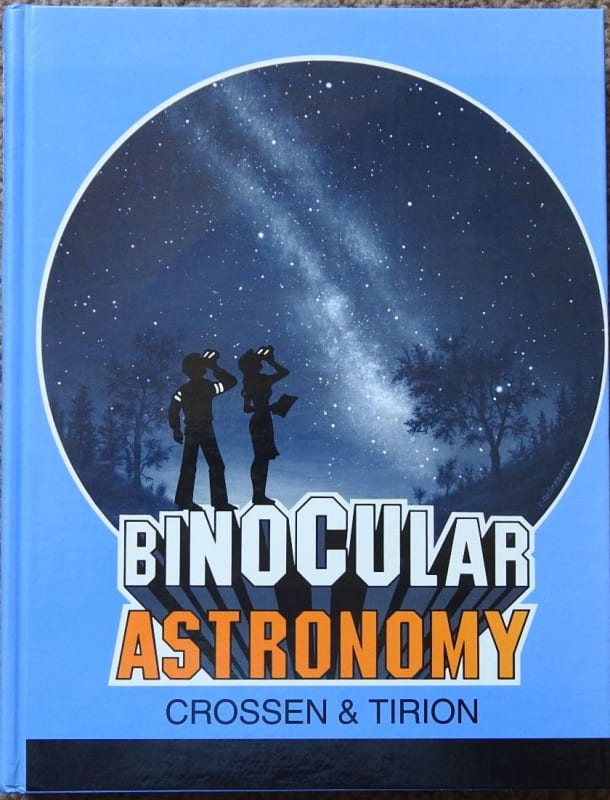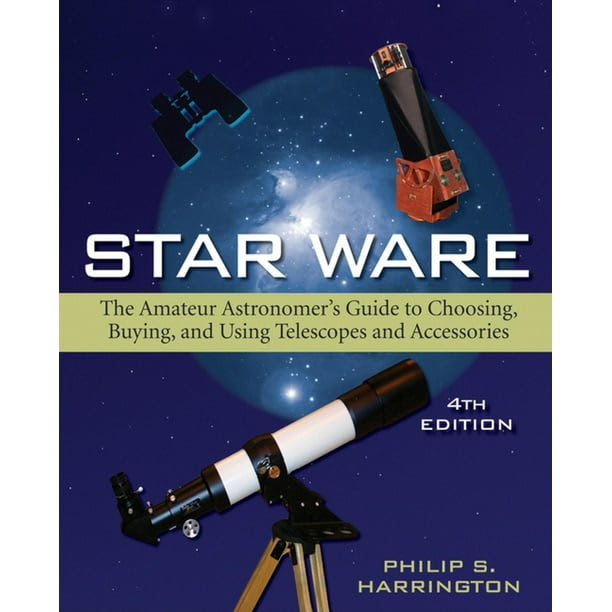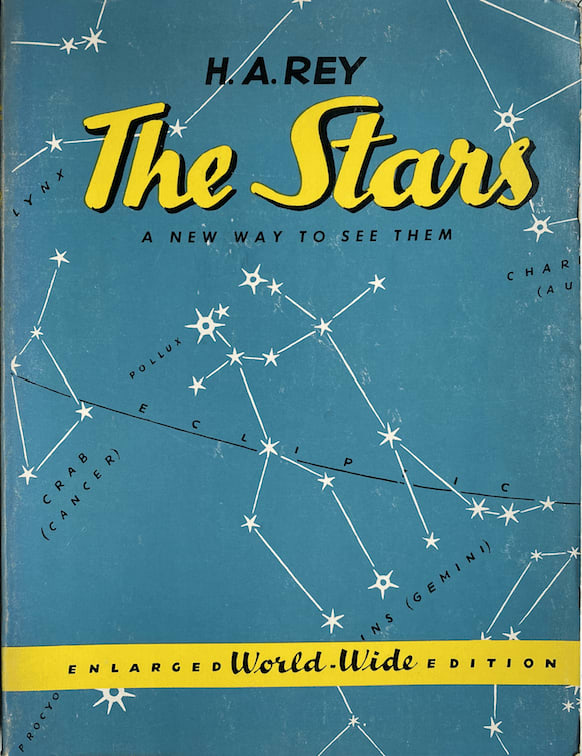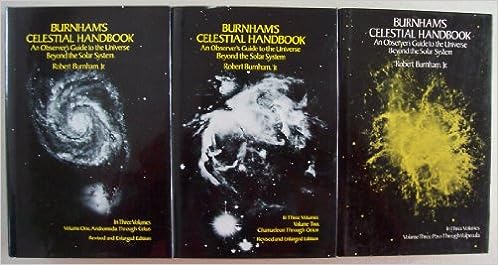This particular planisphere is packed with information on both its front and back sides. You can find details on the Greek alphabet, information about planets and the moon, and even some of the brighter Messier objects. It also features a helpful timeline.
The Cambridge Star Atlas, created by the Dutch cartographer Will Tirion, is a name you'll come across quite frequently in the world of star atlases. He appears to dominate the market with his star atlas publications, as roughly 80 percent of the star atlases I've encountered are authored by him.
Sky & Telescope's Pocket Sky Atlas, in its earlier version, was indeed quite small – almost too pocket-sized for my liking, if you catch my drift. However, they released a Jumbo Edition of this pocket star atlas, which might sound contradictory, but it's precisely what I needed. This Jumbo Edition offers a substantial increase in size while retaining the convenience of a pocket atlas.
I find this Jumbo Edition to be an excellent resource. In fact, it provides even more comprehensive information than the Cambridge Star Atlas and allows for a more in-depth exploration of the night sky.
The Backyard Astronomer's Guide, authored by Terence Dickinson and Alan Dyer, is a must-have for nearly every amateur astronomer I know. This comprehensive guide is an invaluable resource for those looking to embark on their journey in amateur astronomy.
The book's first edition, which was published in 1991 and comes in a white cover, has seen several reprints over the years. About a decade later, they released the second edition, which is a significant upgrade. This newer version, adding around 30 pages to the original 290, is filled with color photographs on almost every page. While it may be on the pricier side, it's an investment that pays off for anyone passionate about astronomy.
A few years later, they released the third edition, which expanded the book by another 40 or so pages. At this point, it's almost akin to an encyclopedia in terms of the wealth of information it contains. I frequently get asked about the one book I would recommend if someone could only have one, especially for beginners. In such a predicament, I'd likely choose this book. It's often seen as a companion to the Backyard Astronomer's Guide, serving as an indispensable resource for anyone venturing into the world of amateur astronomy.
"Nightwatch," written by Terence Dickinson, is another highly regarded book in the field of amateur astronomy. Terence Dickinson happens to be one of the co-authors of "The Backyard Astronomer's Guide."
Interestingly, although it might not have been the authors' intention, many people who have been in the astronomy community for a while tend to pair these two books together. Both "Nightwatch" and "The Backyard Astronomer's Guide" cover a substantial amount of the same astronomical topics. Dickinson and Dyer are exceptionally skilled at what they do, and as a result, most of us end up with copies of both of these valuable resources in our collection.
I'm surprised that "Binocular Astronomy" by Crossen and Tirion isn't more popular than it is. Perhaps the title doesn't immediately grab people's attention, but it's a book that covers the basics exceptionally well. It takes you through the different seasons, providing guidance on identifying constellations and showcasing objects to observe using binoculars. What's even more appealing is that this book is also suitable for those with small telescopes.
Another favorite of mine is "Turn Left at Orion." This book excels at teaching you how to locate objects in the night sky. It's undergone a couple of printings, with the first edition featuring a hundred objects to observe and later editions expanding to cover hundreds more. Objects are rated on a scale of one to five telescopes, offering a practical and intuitive way to find celestial wonders. As the title suggests, if you're looking for an object, just "turn left at Orion."
"The Stars" by H.A. Ray is a delightful book authored by the same person who introduced the world to the Curious George book series. Not many people are aware of this, but H.A. Ray was also a passionate amateur astronomer. "The Stars" is filled with hand-drawn maps and is incredibly kid-friendly, but it's also a book that adults can appreciate.
"The Year-Round Messier Marathon Field Guide" by Harvard Pennington is a valuable resource for stargazers. In case you're not familiar, Messier refers to Charles Messier, a French astronomer from the late 1700s who compiled a list of celestial objects that kept getting in the way of his comet hunting. This list, consisting of 110 "Messier objects," has become famous in its own right.
"Burnham's Celestial Handbook" by Robert Burnham Jr. is a unique and cherished gem in the world of astronomy literature. Robert Burnham was an astronomer who worked at the Lowell Observatory, and although his book was not officially endorsed by the observatory, he embarked on the task of writing a series of books that cataloged what he observed through the telescope.
Cosmos by Carl Sagan is indeed a remarkable book that beautifully captures the romance of science and fosters a deep appreciation for it as more than just a collection of cold, hard facts and figures. Carl Sagan's poetic and passionate writing style has the power to ignite a sense of wonder and curiosity about the universe in readers of all backgrounds. This book continues to inspire and educate, reminding us of the profound beauty and significance of scientific exploration and understanding.
This book worth adding to your collection if you're passionate about stargazing. Originally published and later republished by Sky and Telescope around the year 2000, this book offers valuable insights into the world of amateur astronomy.
Even if you already have an original edition of this book, the reissue is worth considering due to the additional content it includes, including a foreword by David Levy.


 Philip's Planisphere
Philip's Planisphere Guide to the Stars Planisphere
Guide to the Stars Planisphere The Cambridge Star Atlas
The Cambridge Star Atlas Sky & Telescope's Pocket Sky Atlas Jumbo Edition
Sky & Telescope's Pocket Sky Atlas Jumbo Edition The Backyard Astronomer's Guide
The Backyard Astronomer's Guide The Backyard Astronomer's Guide 3rd Edition
The Backyard Astronomer's Guide 3rd Edition Nightwatch
Nightwatch Binocular Astronomy
Binocular Astronomy Star Ware
Star Ware Turn Left at Orion
Turn Left at Orion The Stars
The Stars The Year-Round Messier Marathon Field Guide
The Year-Round Messier Marathon Field Guide Burnham's Celestial Handbook
Burnham's Celestial Handbook Cosmos
Cosmos Starlight Nights
Starlight Nights













